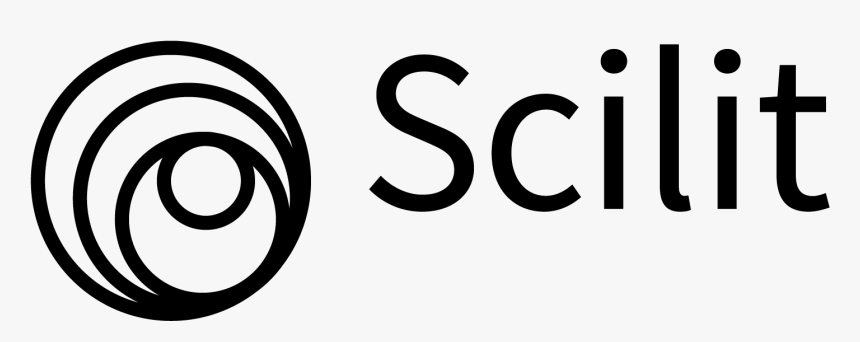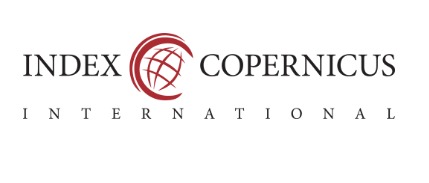Identifying consumer behavior influence on fashion retailing in the COVID-19 pandemic situation
Abstract
Aim: The current research aims include analyzing the impact of COVID-19 on consumer behavior patterns in the fashion retail sector, determining how the level of buyer awareness influences consumer purchase behavior, and assessing the impact of online services on consumer behavior patterns in the fashion retail sector. There needs to be more research done on how fashion retail brands can best adjust to the new normal, as well as the demand for local brands, in the face of online marketing difficulties both during and after the lockdown.
Methodology: The city of Kandy, located in Sri Lanka’s hill country, served as a focal fashion for the research because it is home to both fashion consumers and the 10 fashion brands examined in the study. Qualitative and quantitative techniques were used in this study’s data collection, organization, and analysis. Online shopping has been identified as a trend that has signaled a rapid increase due to changes in consumer behavior and the new trends of retailers.
Research Results: A majority of shoppers (51.7%, to be exact) plan to keep making their purchases online going forward, according to the data. A subset of consumers prefer traditional commerce, but they have been forced to adapt to new trade methods based on online purchasing, and this trend is expected to persist in the future. This study’s findings lend credence to the behavior that consumers’ responses to a pandemic will be complex and multifaceted. Retailers in the fashion industry will need to pay close attention to consumer preferences and adjust their stock and marketing strategies in light of the new restrictions on discretionary spending.
Implications/Novel Contribution: Suggestions could be used to improve the fashion retail industry in Sri Lanka so that it can keep up with digital advancements in the future and endure when unforeseen events, such as a lockdown or global pandemic, strike the country.
References
Alatrash, A. (2018). Impact of using total quality management on the financial performance of companies listed on the Palestine exchange. International Journal of Business and Economic Affairs, 3(6), 244-252. doi:https://doi.org/10.24088/IJBEA-2018-36001
Anner, M. (2020). Abandoned? the impact of covid-19 on workers and businesses at the bottom of global garment supply chains (Tech. Rep.). PennState Center for Global Workers Rights (CGWR), California, CA.
Barrios, J. M., & Hochberg, Y. (2020). Risk perception through the lens of politics in the time of the covid-19 pandemic (Tech. Rep.). National Bureau of Economic Research, London, UK.
Brydges, T., & Hanlon, M. (2020). Garment worker rights and the fashion industrys response to covid-19. Dialogues in Human Geography, 10(2), 195–198. doi:https://doi.org/10.1177/2043820620933851
Central Bank. (2012). Annual report (2012). Retrieved from https://bit.ly/3gUa3VJ
Clee, M. A., & Wicklund, R. A. (1980). Consumer behavior and psychological reactance. Journal of Consumer Research, 6(4), 389-405. doi:https://doi.org/10.1086/208782
Cohen, M. J. (2019). Introduction to the special section: innovative perspectives on systems of sustainable consumption and production. Sustainability: Science, Practice, and Policy, 15(1), 104-110. doi:https://doi.org/10.1080/15487733.2019.1703331
Cohen, M. J. (2020). Does the covid-19 outbreak mark the onset of a sustainable consumption transition? Sustainability: Science, Practice and Policy, 16(1), 1-3. doi:https://doi.org/10.1080/15487733.2020.1740472
Debnath, S. (2020). Impact of covid-19 on consumer purchase behaviour in retail sector-study based in kolkata area. UGC Care Journal, 31(56), 103-115.
Echchakoui, S. (2016). Relationship between sales force reputation and customer behavior: Role of experiential value added by sales force. Journal of Retailing and Consumer Services, 28, 54-66. doi:https://doi.org/10.1016/j.jretconser.2015.07.014
Einav, L., Klenow, P. J., Klopack, B., Levin, J. D., Levin, L., & Best, W. (2017). Assessing the gains from e-commerce. Retrieved from https://stanford.io/2WLAfun
He, Z., Zhang, H., Olk, D. C., Shankle, M., Way, T. R., & Tewolde, H. (2014). Protein and fiber profiles of cottonseed from upland cotton with different fertilizations. Modern Applied Science, 8(4), 97-110.
Howland, D. (2020). The consumer after covid-19. Retail Dive Journal, 5(8), 45-60.
Jayaweera, M., Perera, H., Gunawardana, B., & Manatunge, J. (2020). Transmission of COVID-19 virus by droplets and aerosols: A critical review on the unresolved dichotomy. Environmental Research, 188, 10-19. doi:https://doi.org/10.1016/j.envres.2020.109819
Jo, Y. J., Matsumura, M., & Weinstein, D. E. (2019). The impact of e-commerce on relative prices and consumer welfare (Tech. Rep.). National Bureau of Economic Research, New Jersy, NJ.
Just Style. (2021). Covid-19 to cut global apparel market by USD297bn in 2020. Retrieved from https://bit.ly/38F2DBg
Kim, R. Y. (2020). The impact of COVID-19 on consumers: Preparing for digital sales. Engineering Management Review, 48(3), 212-218. doi:https://doi.org/10.1109/EMR.2020.2990115
Kirk, C. P., & Rifkin, L. S. (2020). I’ll trade you diamonds for toilet paper: Consumer reacting, coping and adapting behaviors in the COVID-19 pandemic. Journal of Business Research, 117(6), 124-131. doi: https://doi.org/10.1016/j.jbusres.2020.05.028
Koren, M., & Peto, R. (2020). Business disruptions from social distancing. ̋ Plos One, 15(9), 11-19. doi:https://doi.org/10.1371/journal.pone.0239113
Morawska, L., & Cao, J. (2020). Airborne transmission of SARS-CoV-2: The world should face the reality. Environment International, 139, 10-30. doi:https://doi.org/10.1016/j.envint.2020.105730
Neminno, R. C., & Gempes, G. P. (2018). The moderating effect of intellectual capital on the relationship between corporate reputation and knowledge sharing of commercial banks. Journal of Administrative and Business Studies, 4(3), 145-155. doi:https://doi.org/10.20474/jabs-4.3.3
Pandey, S., & Kumari, P. M. (2020). Opportunities and challenges of online marketing after COVID 19. Academic Leadership, 4(7), 45-60.
Paton, E. (2021). Union garment workers fear an opportunity to get rid of us. Retrieved from https://bit.ly/3DMh5p4
Ray, P. K., A. & Bala. (2019). Predicting user motivation towards retention of e-services: An NLP-based approach. International Journal of Business and Administrative Studies, 5(1), 1-8. doi:https://dx.doi.org/10.20469/ijbas.5.10001-1
Rodríguez-López, A. M., Rubio-Valdehita, S., & Díaz-Ramiro, E. M. (2021). Influence of the Covid-19 pandemic on mental workload and burnout of fashion retailing workers in Spain. International Journal of Environmental Research and Public Health, 18(3), 983-945. doi:https://doi.org/10.3390/ijerph18030983
Serafini, G., Parmigiani, B., Amerio, A., Aguglia, A., Sher, L., & Amore, M. (2020). The psychological impact of COVID-19 on the mental health in the general population. QJM: An International Journal of Medicine, 113(8), 531-537. doi:https://doi.org/10.1093/qjmed/hcaa201
Shahbandeh, M. (2021). Global apparel market. Retrieved from https://bit.ly/3BDmvBc
Sheth, J. (2020). Impact of covid-19 on consumer behavior: Will the old habits return or die? Journal of Business Research, 117, 280-283. doi:https://doi.org/10.1016/j.jbusres.2020.05.059
Sheth, J. N., & Sisodia, R. S. (1999). Revisiting marketings lawlike generalizations. Journal of the Academy of Marketing Science, 27(1), 71-87. doi:https://doi.org/10.1177/0092070399271006
Torry, H. (2020). Coronavirus pandemic widens divide between online. Retrieved from https://on.wsj.com/3zI9ndo
Voinea, L., & Filip, A. (2011). Analyzing the main changes in new consumer buying behavior during economic crisis. International Journal of Economic Practices and Theories, 1(1), 14-19.
Wang, H. (2015). Analysis on the changes in consumer behavior and marketing countermeasure. In SHS Web of Conferences, New York, NY.
Watanabe, T., Omori, Y., et al. (2020). Online consumption during the Covid-19 crisis: Evidence from Japan. Covid Economics, 38(16), 218-252.
World Health Organization. (2020). Coronavirus disease (COVID-2019) situation reports. Retrieved from https://bit.ly/3jC1el3

This work is licensed under a Creative Commons Attribution-NonCommercial 4.0 International License.












.png)










